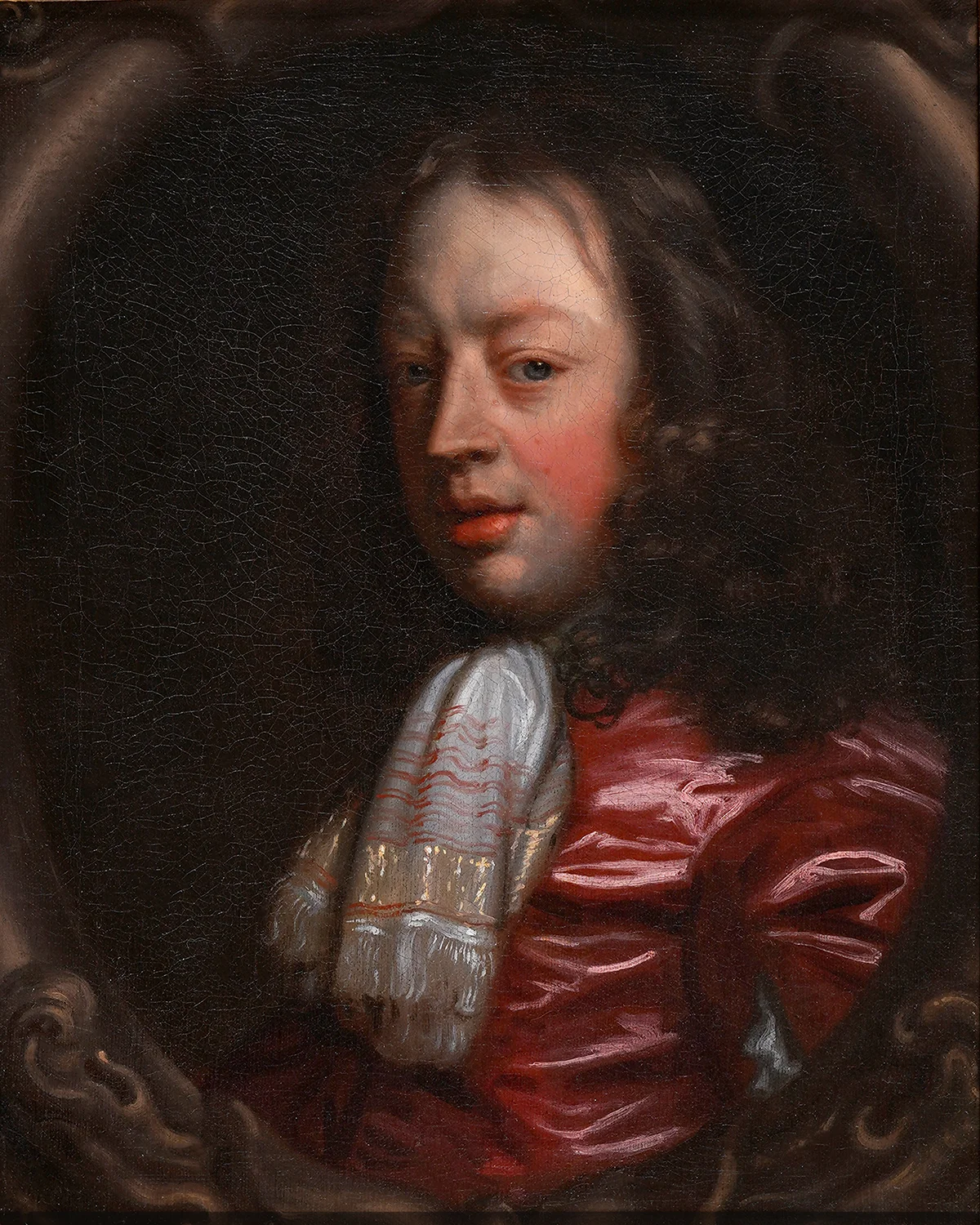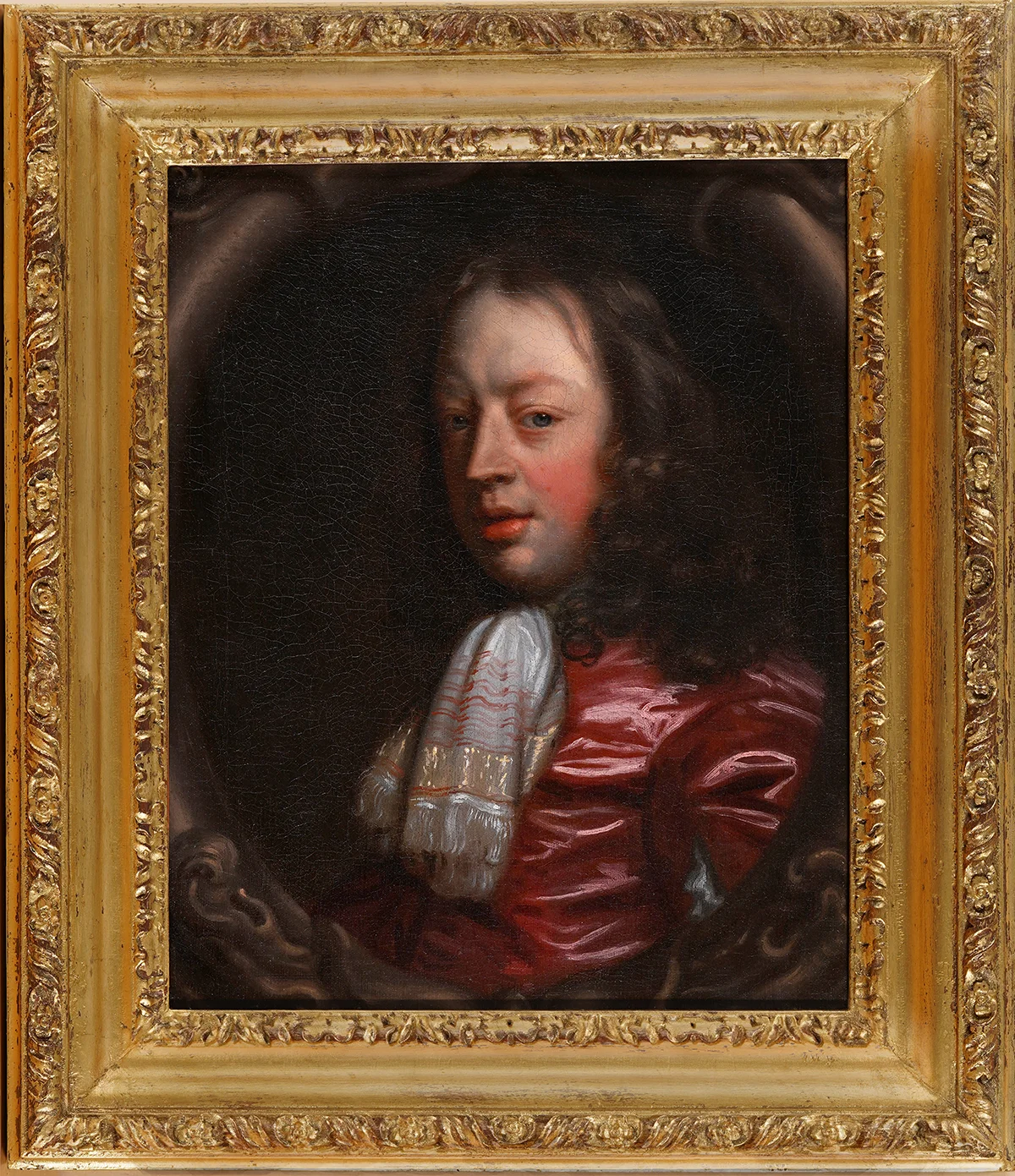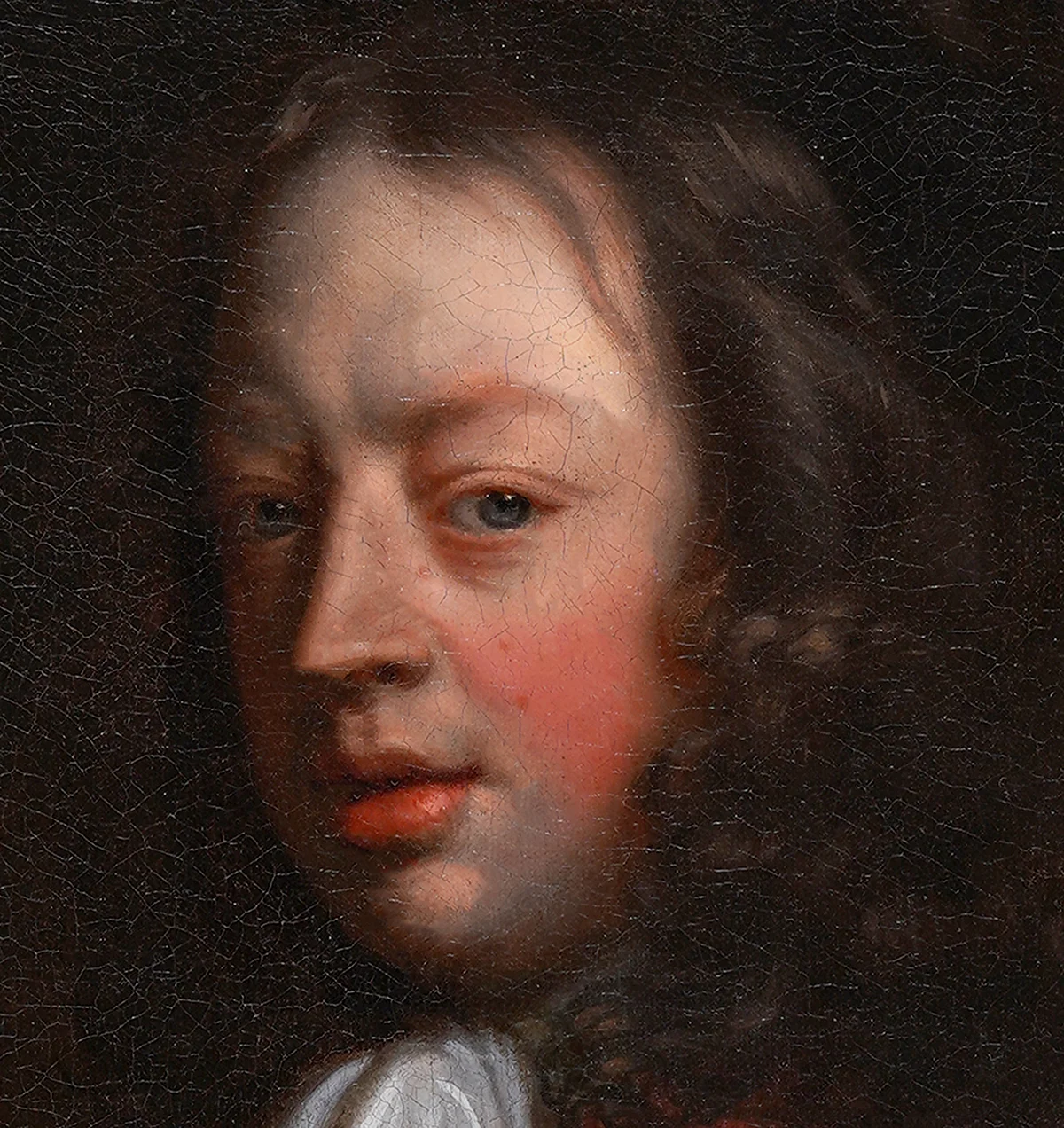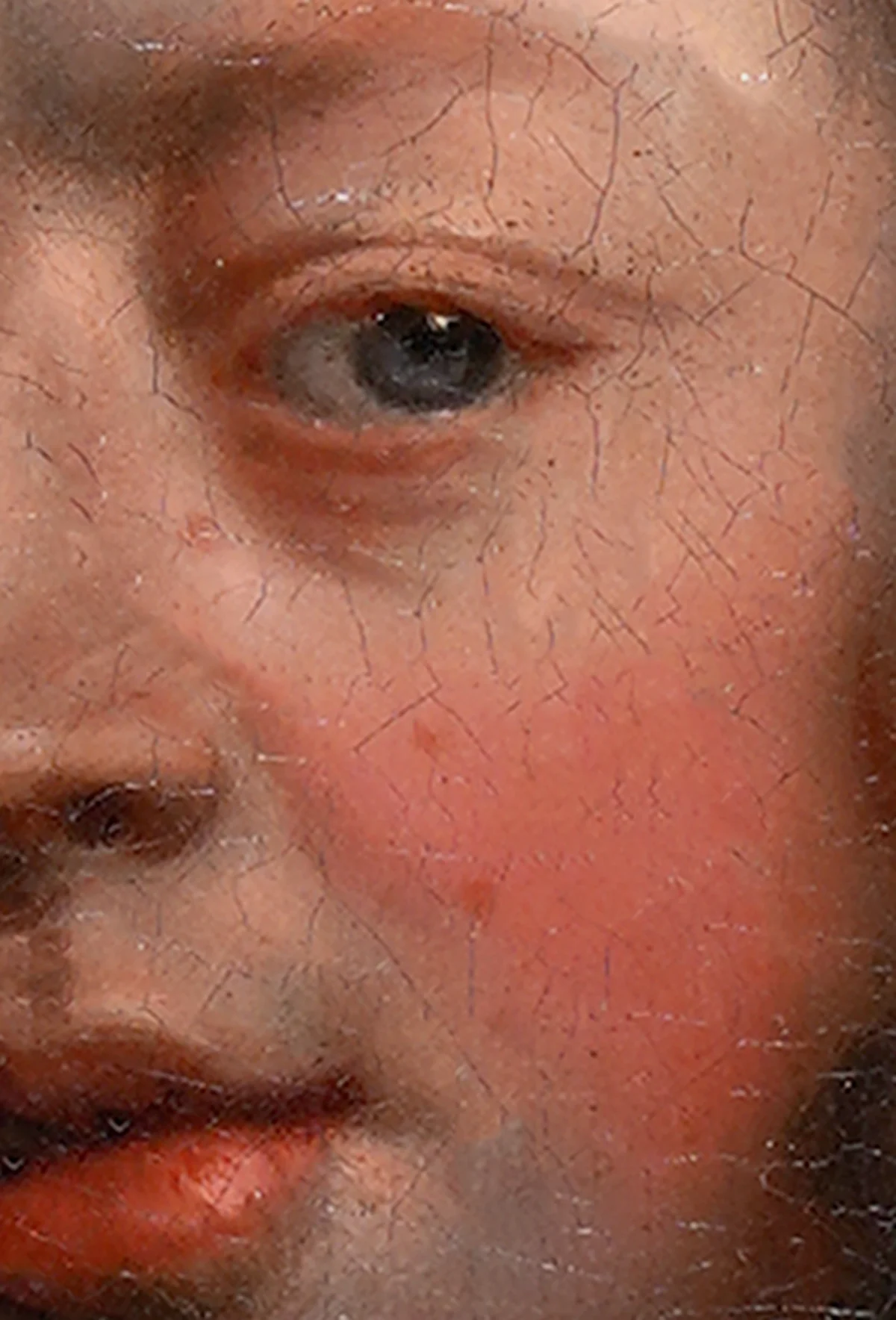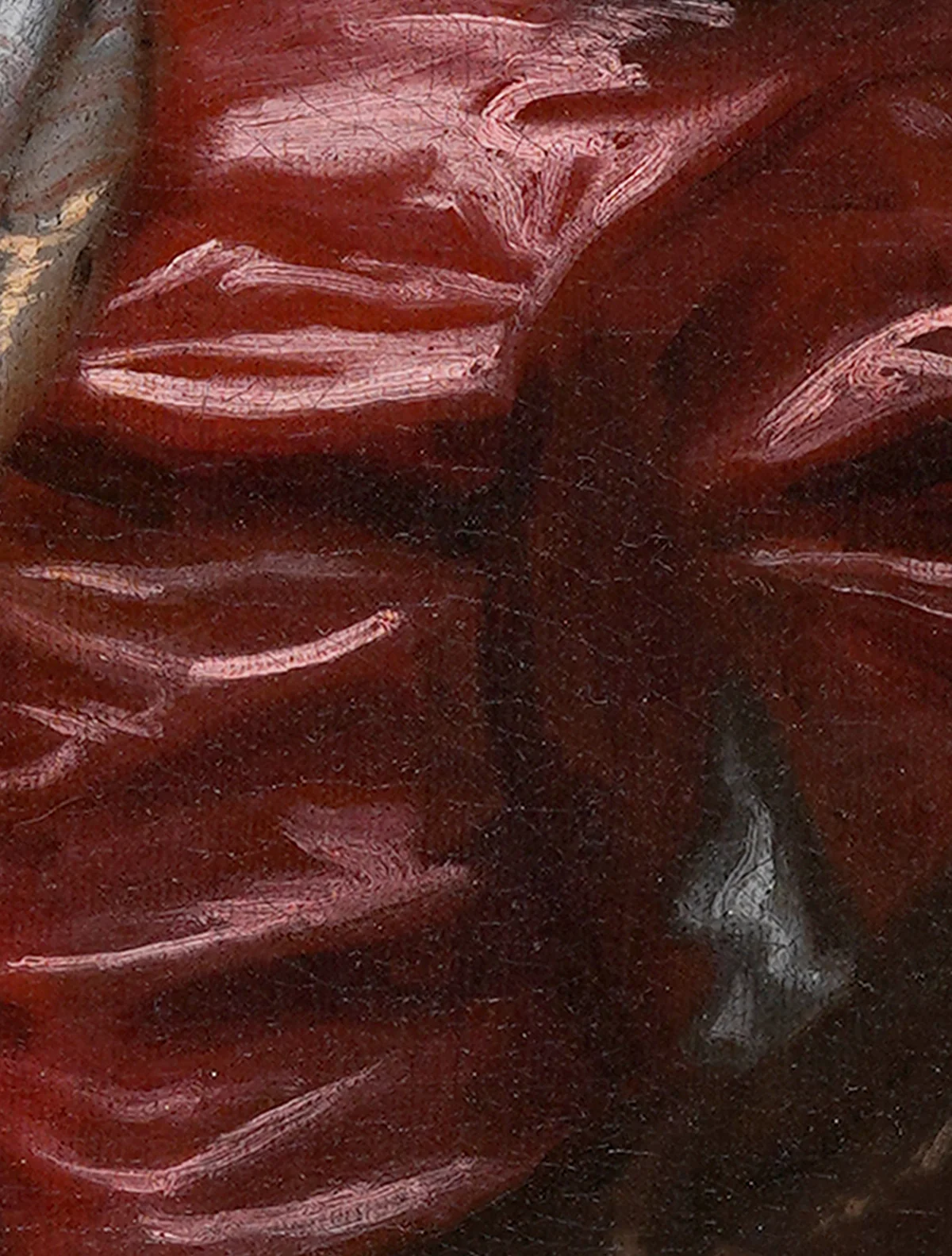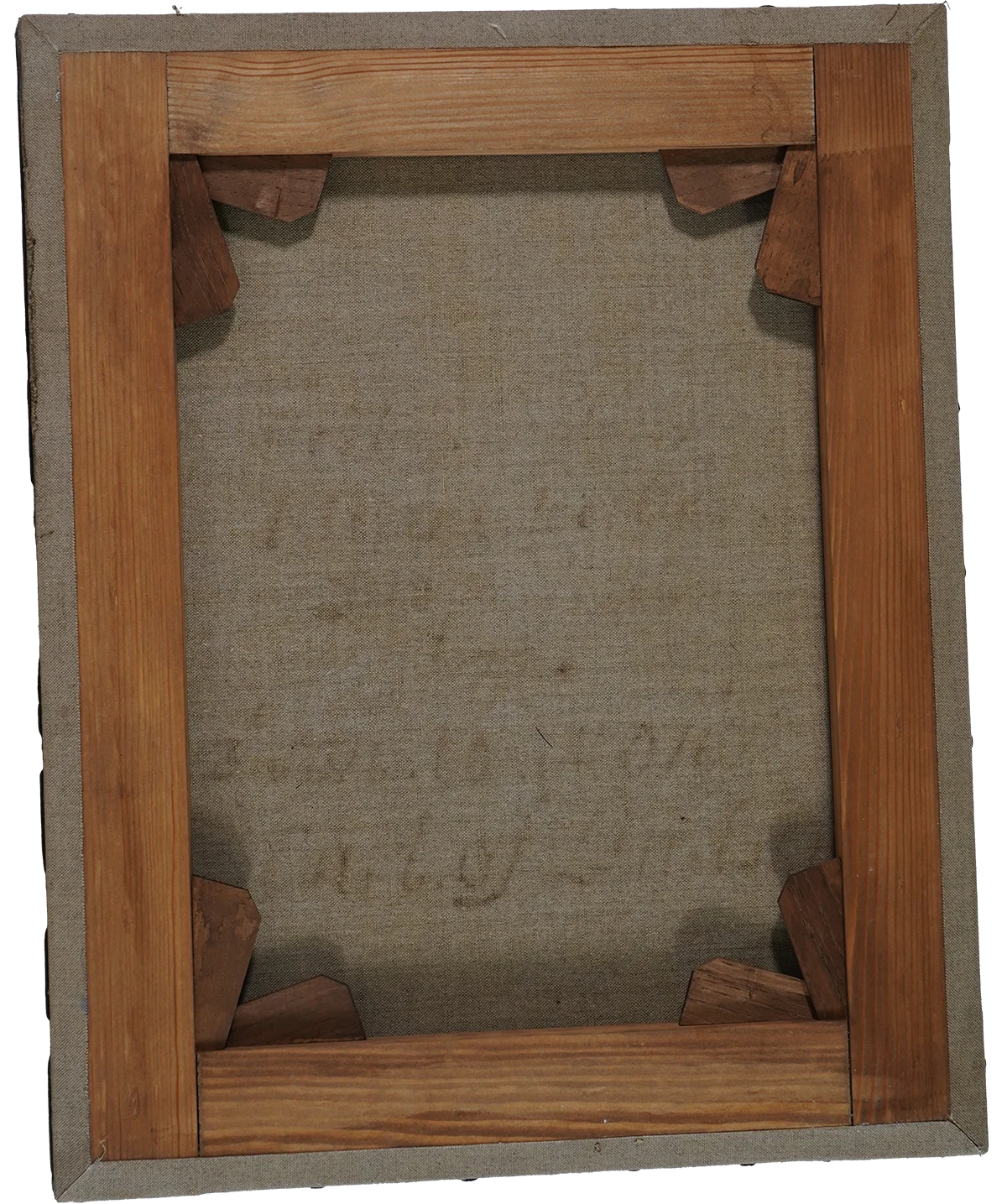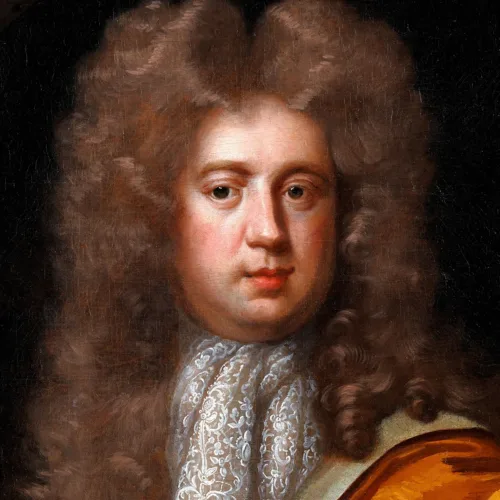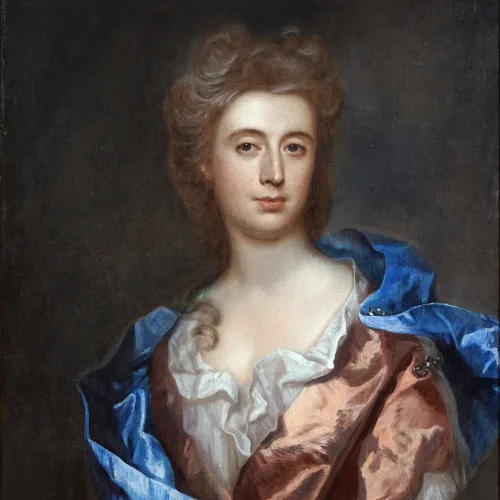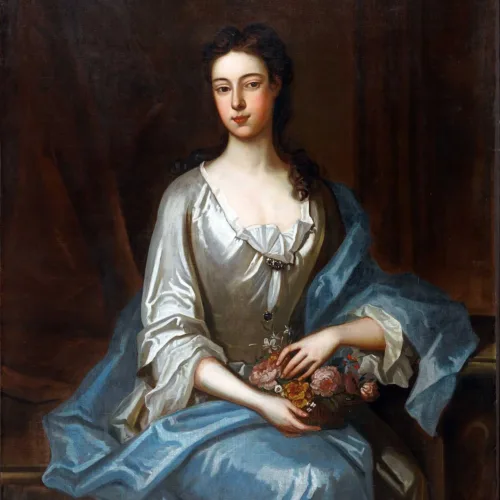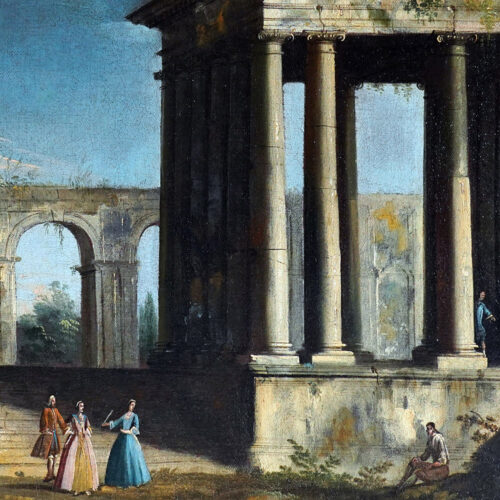Additional Information
PROVENANCE:
By original decent of the sitter’s family at Uffington, Lincolnshire
Ayton Castle, Berwickshire
ABOUT THE SITTER
The sitter is depicted with a strong face, dressed in luxurious red attire with elaborate neckwear, reflecting his high social status. Such rich textiles in portraiture were symbols of wealth and importance among the elite of the 16th and 17th centuries. He appears within a faux carved stone oval—a popular motif of the era.
Captain Richard Bertie (c. 1635–1686), third son of Montagu Bertie, 2nd Earl of Lindsey, was an English soldier and MP. He served in both French and English armies, notably at Mouzon and Landrecies, and was called against the Monmouth Rebellion. Both he and his brother lost their commissions for not supporting James II’s policies. Elected as MP for Woodstock in 1685, he died unmarried in early 1686.
ABOUT THE ARTIST
John Hayls, a notable English Baroque portrait painter, frequently painted Bertie family members, including Bridget Osborne, Charles Bertie, Mary Bertie and Henry Bertie. He is best known for his 1666 portrait of Samuel Pepys. Active from the 1640s until the late 1660s, Hayls died in Bloomsbury in 1679.

